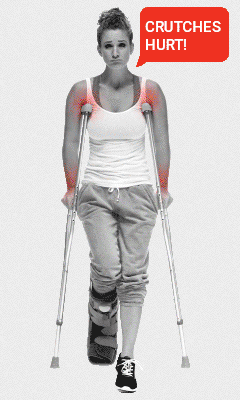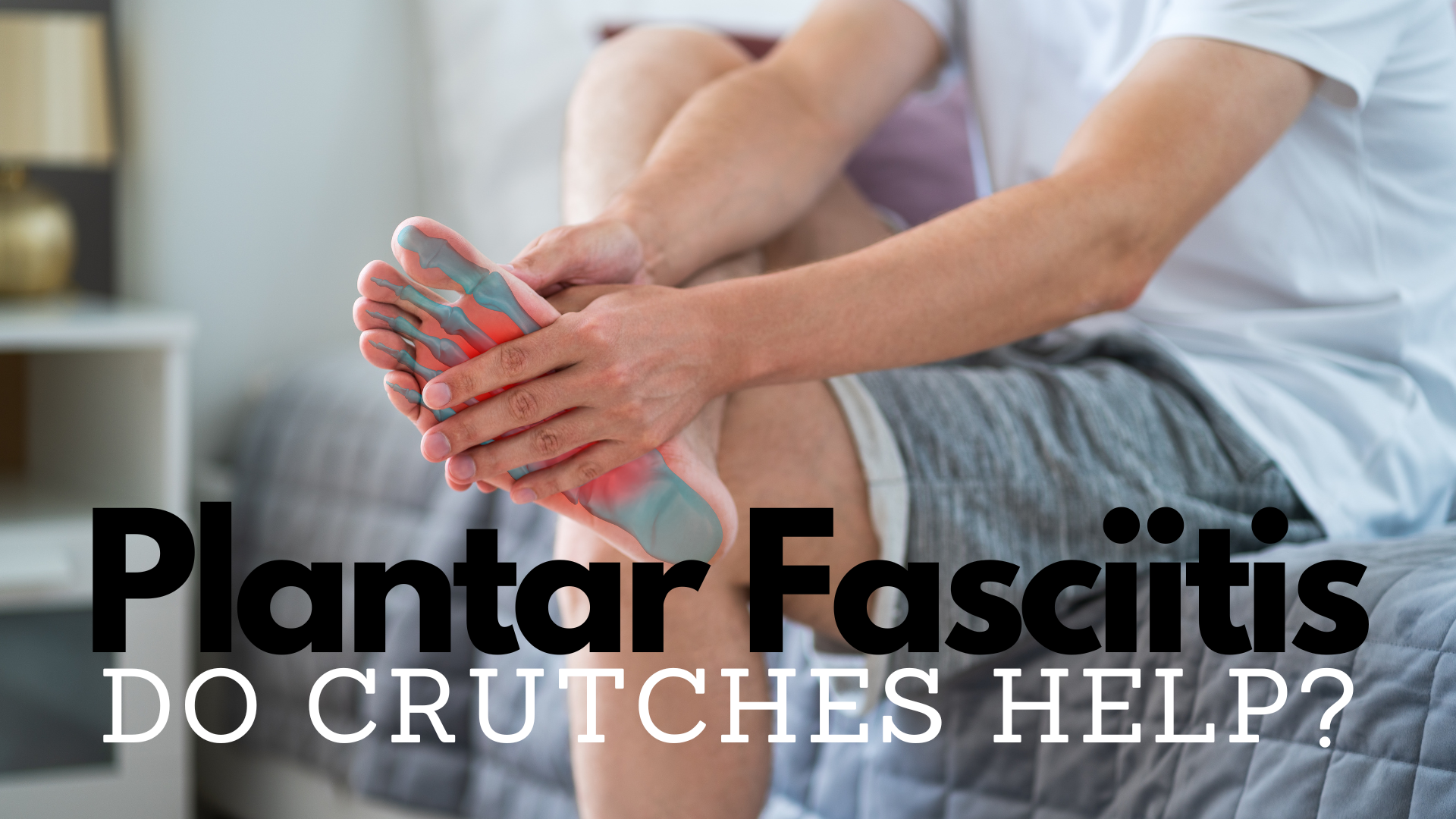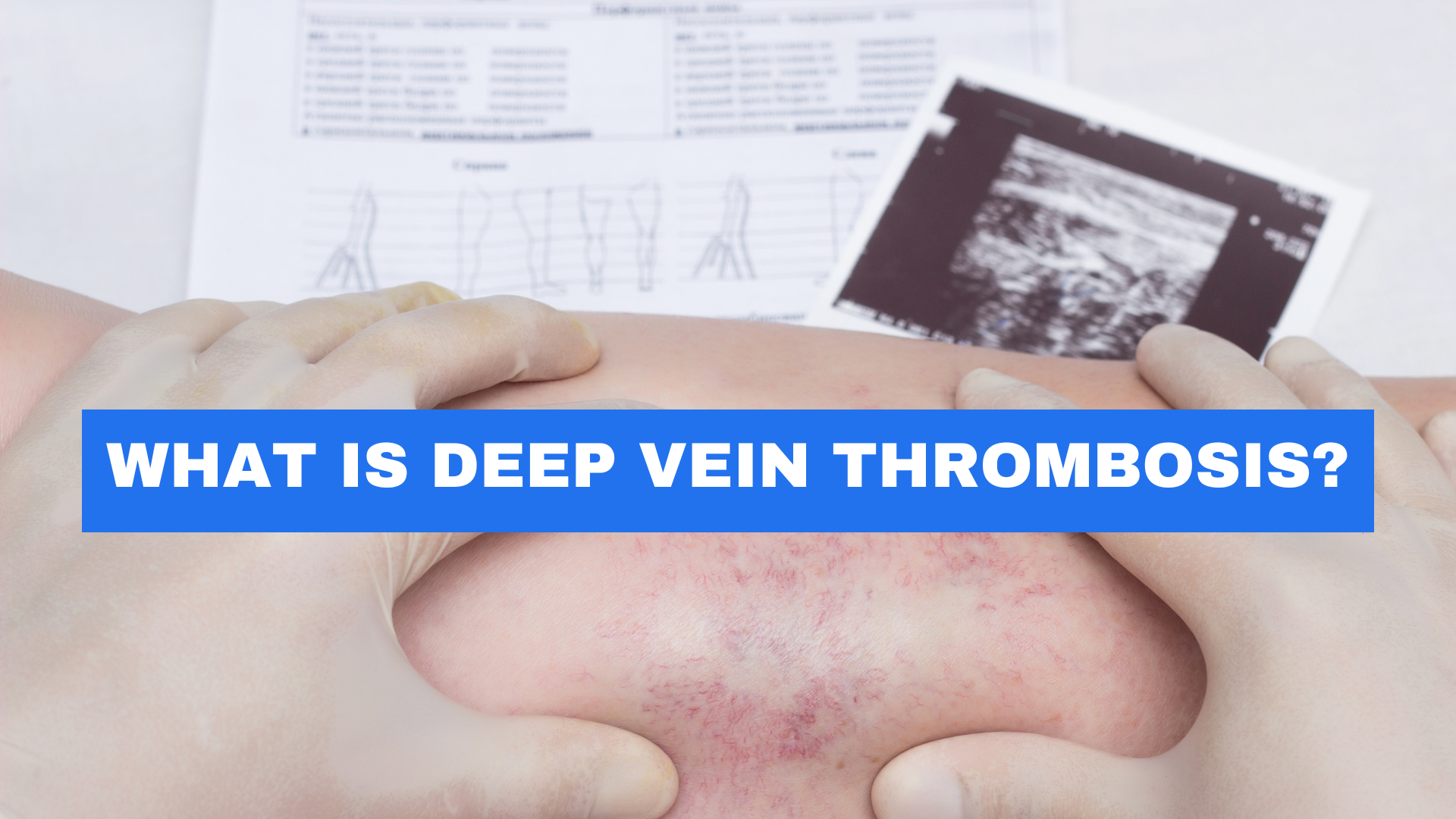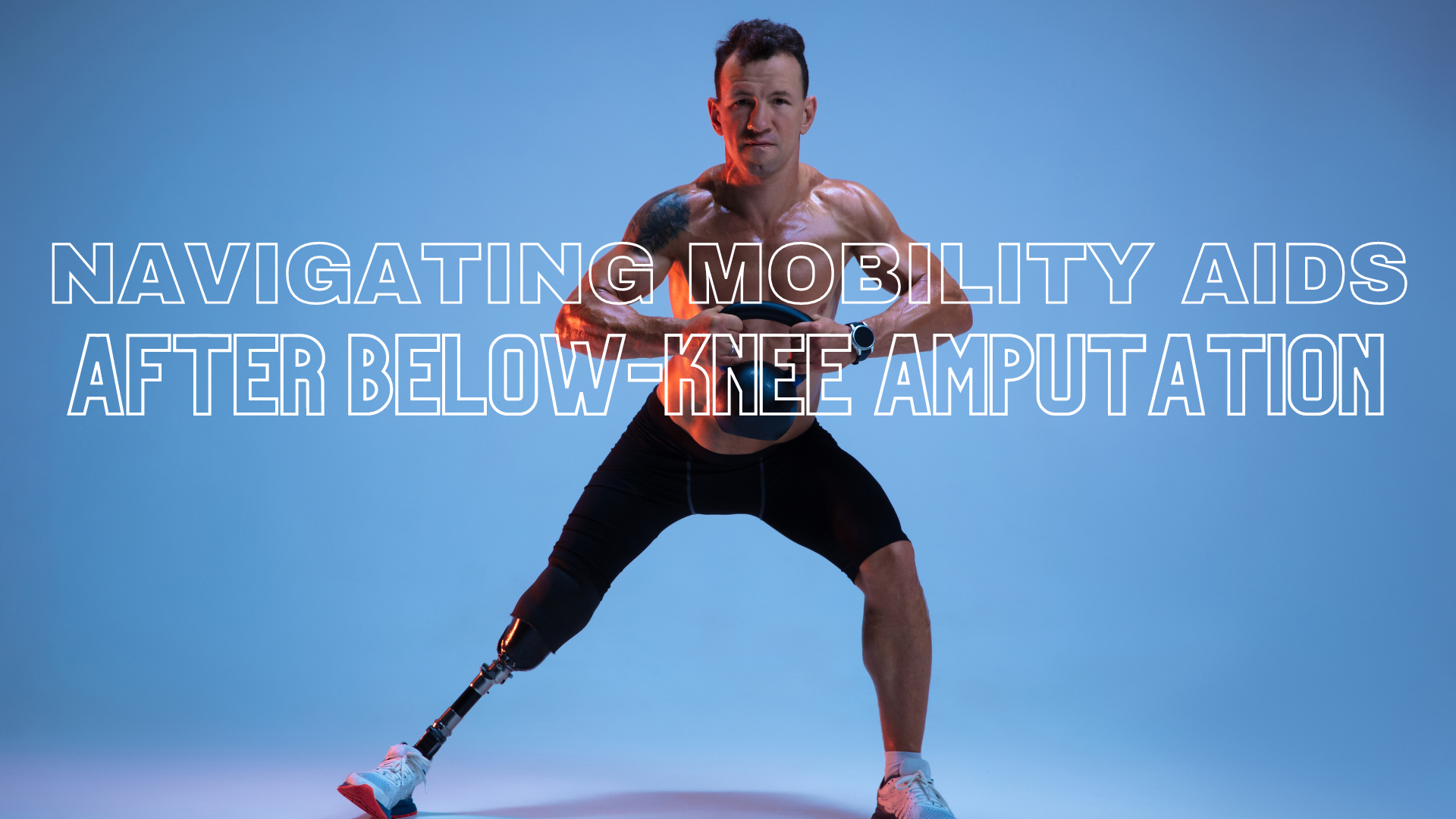Rachel Dincoff, an Olympic discus thrower, has made a name for herself in the world of track and field. Dincoff’s career in the discus throw began when she was a high school student at DeKalb High School in Illinois. She quickly became one of the top throwers in the state, and she went on to compete at the University of Auburn. During her time at Auburn, Dincoff won the Southeastern Conference championship in the discus throw twice, and she was named an All-American twice.
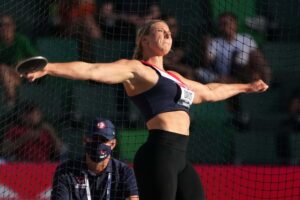
After graduating from Auburn, Dincoff continued to train and compete in the discus throw. In 2020, she qualified for the Olympic Trials, where she finished third. This earned her a spot on the United States Olympic team, and she competed in the discus throw at the 2020 Tokyo Olympics.
As Dincoff’s career continued to flourish, fate dealt her a devastating blow. In 2023, while training during track and field season, explosive jumps caused a ruptured Achilles tendon—an injury notorious for its long and challenging rehabilitation process.
For any athlete, such an injury would be a crushing setback, but Dincoff refused to let it define her. “The hardest part of the injury so far has been coming to terms with the fact that I will not be competing this season. I know I can physically endure a lot, but it was hard to give up the idea of competing this year.”
For Olympians, getting injured is a devastating physical and emotional blow. The Olympics represent the pinnacle of an athlete’s career, the culmination of years of dedication, sacrifice, and training. They have worked tirelessly to qualify and earn their spot on the world’s biggest stage, and an injury threatens to shatter their dreams.
@raydinc I want to share my little victories with you because inknow that will help get me though this #achillesruptured #ankle #physicaltherapy ♬ original sound - Rachel Dincoff, OLY
As she recovered, she was continuously reminded of her limitations “I was surprised to find out how many “normal” things I couldn’t do or had to alter. Something as simple as being able to stand up in a shower, being able to drive a car, or going for long walks were things I missed.” After being stuck in the house for so long, she had to find creative ways to keep herself entertained and motivated each day. Then one of her athlete friends reached out to her and told her about the iWALK hands-free crutch.
Rachel has kept a detailed record of her recovery journey on her TikTok (@raydinc) and has shared how the iWALK has impacted her daily life for tasks like carrying a case of water bottles let alone getting back in the gym to train.
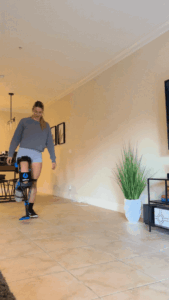
“I found the iWALK extremely helpful. It allowed me to finally get out of the house! I had missed being outside for a walk so much! It allowed me to move around in an easier and more efficient way giving me a piece of my life back.”
When her routine changed so drastically, she felt great getting back to somewhat normal and being able to walk around again. The iWALK crutch allowed Dincoff to maintain her active lifestyle and continue her training regimen while allowing her injured leg to heal properly.
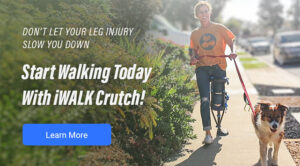
Recovering from a ruptured Achilles tendon is a lengthy and challenging process. It typically involves a combination of surgical repair and an extensive rehabilitation program. The athlete may have to undergo surgery to reattach the torn tendon, followed by a period of immobilization in a cast or boot to promote healing. This immobilization phase can last several weeks, during which the athlete may be unable to bear weight on the affected leg.
Once the immobilization period ends, the athlete enters a rehabilitation phase that focuses on gradually restoring strength, flexibility, and mobility in the injured leg. Physical therapy exercises, such as range of motion exercises, stretching, and strengthening exercises, are incorporated into the athlete’s daily routine. The rehabilitation process can be intense and demanding, requiring patience, dedication, and a strong commitment to recovery. The iWALK truly transforms the recovery experience, empowering individuals to regain their mobility faster and with greater ease while minimizing the negative effects of immobilization. By significantly improving recovery time, reducing muscle atrophy, and promoting natural movement patterns, it allows users to perform weight-bearing exercise, which helps to stimulate blood flow and prevent muscle wasting. Unlike traditional crutches that can lead to discomfort and strain on the upper body, the iWALK enables a more balanced and ergonomic posture, reducing the risk of secondary injuries.
Rachel highly recommends the iWALK to anyone going through an ankle, foot or lower leg injury, “Being able to move around and have freedom in a time that I thought I would have to be very immobile brought me so much joy!” she says.
Dincoff, a rising star in the discus throw, is poised to secure a medal at the 2024 Paris Olympics. With her unwavering dedication and relentless work ethic, she embodies the spirit of a true champion. Though Dincoff encountered a significant setback when she suffered a ruptured Achilles tendon, with the help of the iWALK hands-free crutch and innovative rehabilitation techniques, she conquered her injury and is eagerly anticipating her participation in the Summer Olympics in Paris 2024. By doing so, she continues to inspire athletes and fans worldwide. Let us rally behind her with enthusiastic support!

